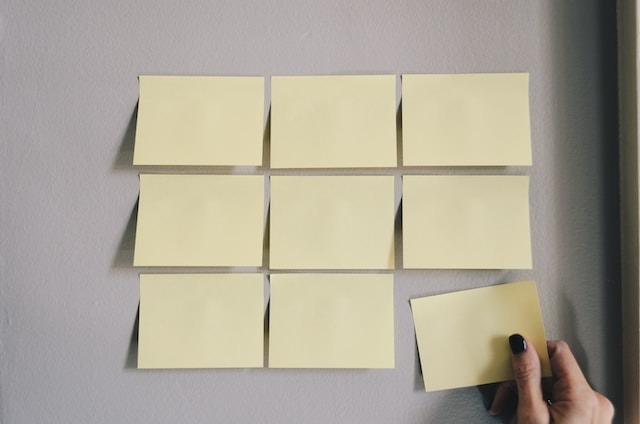Making Tax Digital (MTD) HMRC’s attempt to digitise the UK’s tax system, to make tax administration more efficient and easier for individuals and businesses.
MTD is already compulsory for VAT, and, despite multiple delays, MTD for income tax self-assessment (ITSA) is on its way, and will require sole traders and landlords to keep digital records of business transactions that automatically connect with HMRC systems.
But what do you need to do to ensure a smooth transition to MTD ITSA? Here’s a checklist to get you started.
1. Check your eligibility
The first step is to check whether you will be eligible for MTD ITSA. HMRC recently changed the deadlines and requirements, so it’s important to know who exactly needs to sign up and when.
Under the new rules, self-employed individuals and landlords with an income above £50,000 will have to participate in the scheme in 2026. Those earning over £30,000 must also join the scheme in 2027.
HMRC has not yet released details on when (or whether) people with incomes above £10,000 will have to follow MTD ITSA rules, as was the original plan.
The Government has launched a review into how to accommodate for the needs of smaller businesses and is yet to announce when partnerships will have to join the scheme.
2. Register for MTD
If you are eligible for MTD, you will need to register for the service, which you can do through the HMRC website.
Signing up is a relatively easy process, and you’ll know if you’ve done it right when you receive a confirmation email from HMRC.
3. Buy your software
To comply with MTD ITSA, you need to use compatible software to submit your tax returns digitally — HMRC has a comprehensive list of possible software you can use, but it includes household names like Sage and Xero.
Alternatively, you can use bridging software to connect non-compatible software (like regular digital software) to HMRC systems.
Not sure which to go for? Get in touch with an accountant and talk to them about what software you need.
4. Train your staff
Next is making sure your entire team knows what they need to do under MTD ITSA, including:
- keeping digital records of income and expenses
- submitting quarterly returns to HMRC
- completing an annual end-of-period statement.
They will also need to know the new software inside and out so they can respond to any and all challenges that come their way.
5. Test your software
Once you’ve trained your staff and chosen your software, you need to make sure you test it thoroughly to ensure everything is working properly so that you’re able to submit your tax returns on time.
The last thing you want is to find a system-wide flaw when MTD ITSA is rolled out! Get ready well ahead of time to avoid unnecessarily piling on extra pressure onto your team.
6. Seek professional advice
If you’re unsure about any aspect of MTD ITSA, you should always seek professional advice.
An accountant or tax adviser can help you understand the requirements and ensure that you are fully compliant with the new rules.
Need advice about MTD ITSA? Get in touch with us today and we’ll give you our recommendations.

